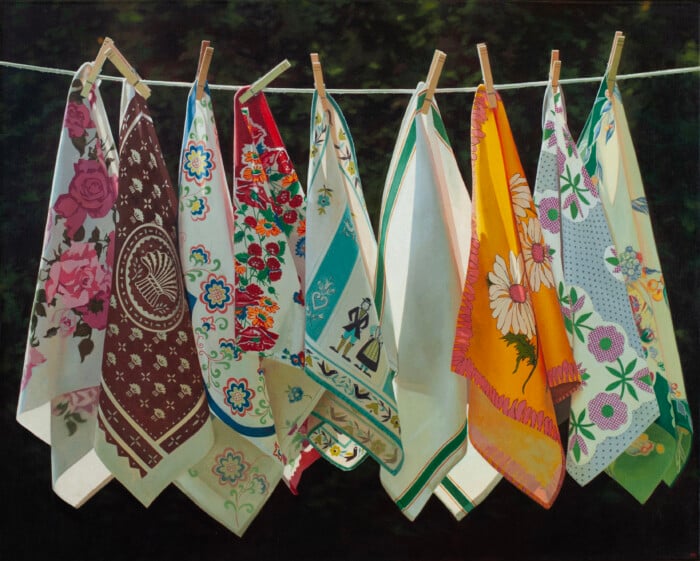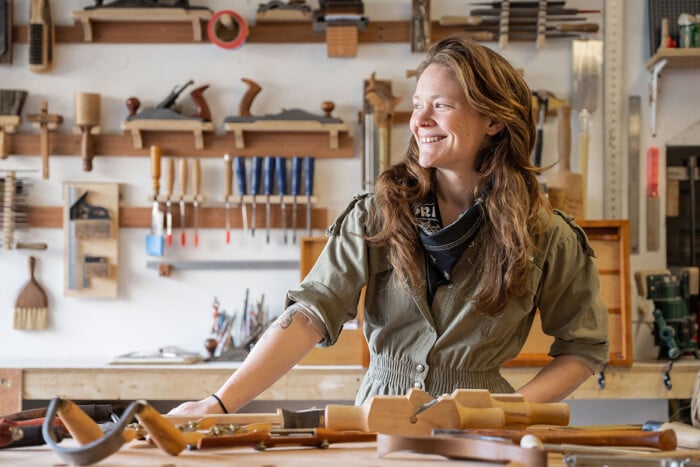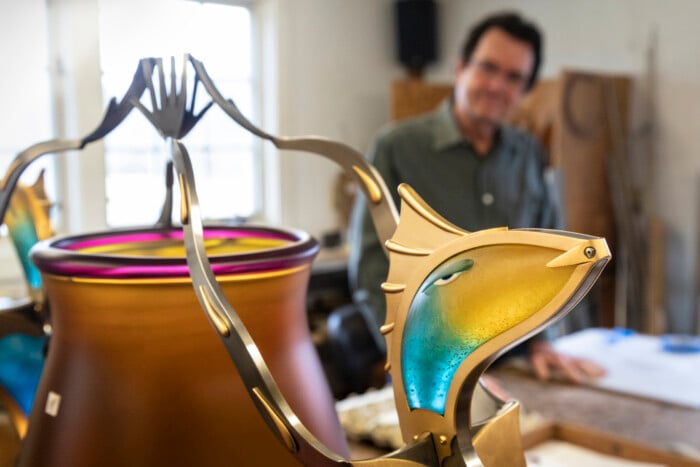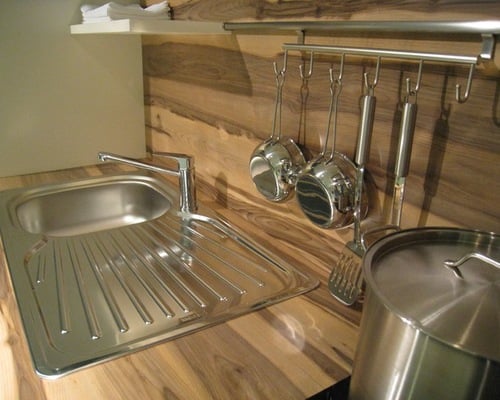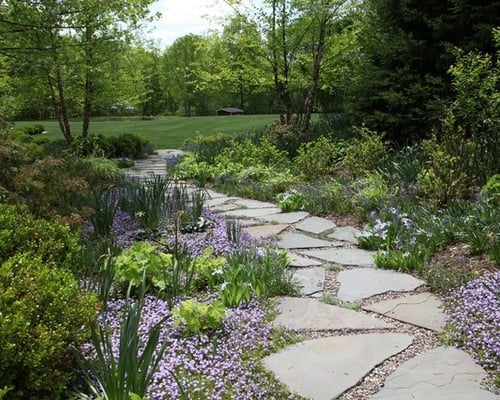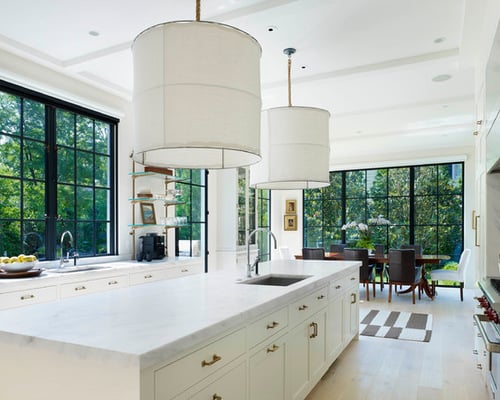The Fiber of Life with Rachel Montroy
Felted and fanciful, figures from the natural world inspire an artist’s wool creations.
The creations of artist Rachel Montroy celebrate the ephemeral beauty of nature and offer her imaginative twist on the organisms that inhabit our world. Amazing botanicals wrought from felted wool emerge from rocks, wood and shells or stand alone. Many of the items are unsung members of the plant kingdom, such as spores, fungi, sprouts and pods. There are also creatures from under the sea, including corals, sea urchins and anemones. Some of the art is true to life, while other pieces are more fanciful, appearing in brilliant colors and fantastic shapes. The sculptures are a striking reminder of amazing life forms rarely seen.
Montroy, who lives in Hopkinton, majored in art at the University of New Hampshire and received her master’s in fine arts in ceramics and ceramic sculpture from the Rochester Institute of Technology. She still works and teaches in that medium, but eight years ago, tried felting. Montroy had always been intrigued by fiber art, and once she immersed herself in felting, she was hooked by the creative potential.
Montroy draws inspiration from walking in the woods and tending her garden. “I love plants and growing things,” she says. “I’m fascinated by all plants both local and exotic and how they adapt. Plants are resilient. Consider a tiny plant, growing in the crack of a rock, and how, ultimately, the rock will crack, soil will be built and the plant will grow, all because a seed landed in that crack. It’s an amazing cycle.”
Montroy is especially interested in those organisms whose lives are incredibly short, some only measured in days. While their existence may be transient, they fulfill an important purpose in the ecosystem. “I am drawn to the spores, the molds, the fungi that bloom after a rain and are then gone with the sun,” she says. “Many of us never notice them, yet their role is vital. I feel an emotional connection to them because they remind us how fragile life is. Their fleeting lives make me reflect on defining moments in my own life — births, deaths, changes. Nothing stays the same.”
Montroy works primarily in needle felting, where a barbed needle is inserted repeatedly into dry wool. As the needle goes in and out, the barbs tangle the fibers of the wool together, locking them into place and making the wool firmer.
She also works in wet felting. With this process, she immerses the wool felt in hot, soapy water, using the pressure of her hands and the soap to manipulate the wool. She occasionally brings in wire to hold shapes if she needs to create hollow tubes or tall stems. Montroy uses natural wool dyed in the colors she wants. Sometimes she dyes the wool herself if she is looking for a special effect, such as color gradations, but it is a time-consuming process that her schedule cannot always accommodate. It takes a bag of wool to make one medium-size sculpture.
Montroy needs anywhere from 20 to 200 hours to create a sculpture, depending on how many pieces it comprises, its size and any “special effects.” Recently, she has been partnering her wool creations with other natural elements like rocks and wood to enhance the overall effect.
The artist feels she has more stories to tell with her felting but is also exploring other mediums. She recently created a sculpture out of polyfill tubes; it looks like a web of intestines around a seed husk. “I’m intrigued by the relationship between the fragile and the protective, the strong and the vulnerable,” she notes. “I’m also fascinated by the shapes found in the human body. When you work with natural elements, you see similar shapes; you see the underlying connections between all organisms.”
Nature will continue to be a compelling muse for Montroy, and she is eager to share the mystery and magic of that world. While some of her subjects have brief lives, they live on forever in her work, celebrated for their beauty and unique purpose, and reminders of the glorious gift of life.
For more information, visit rachelmontroy.com or call 603-568-6779.
